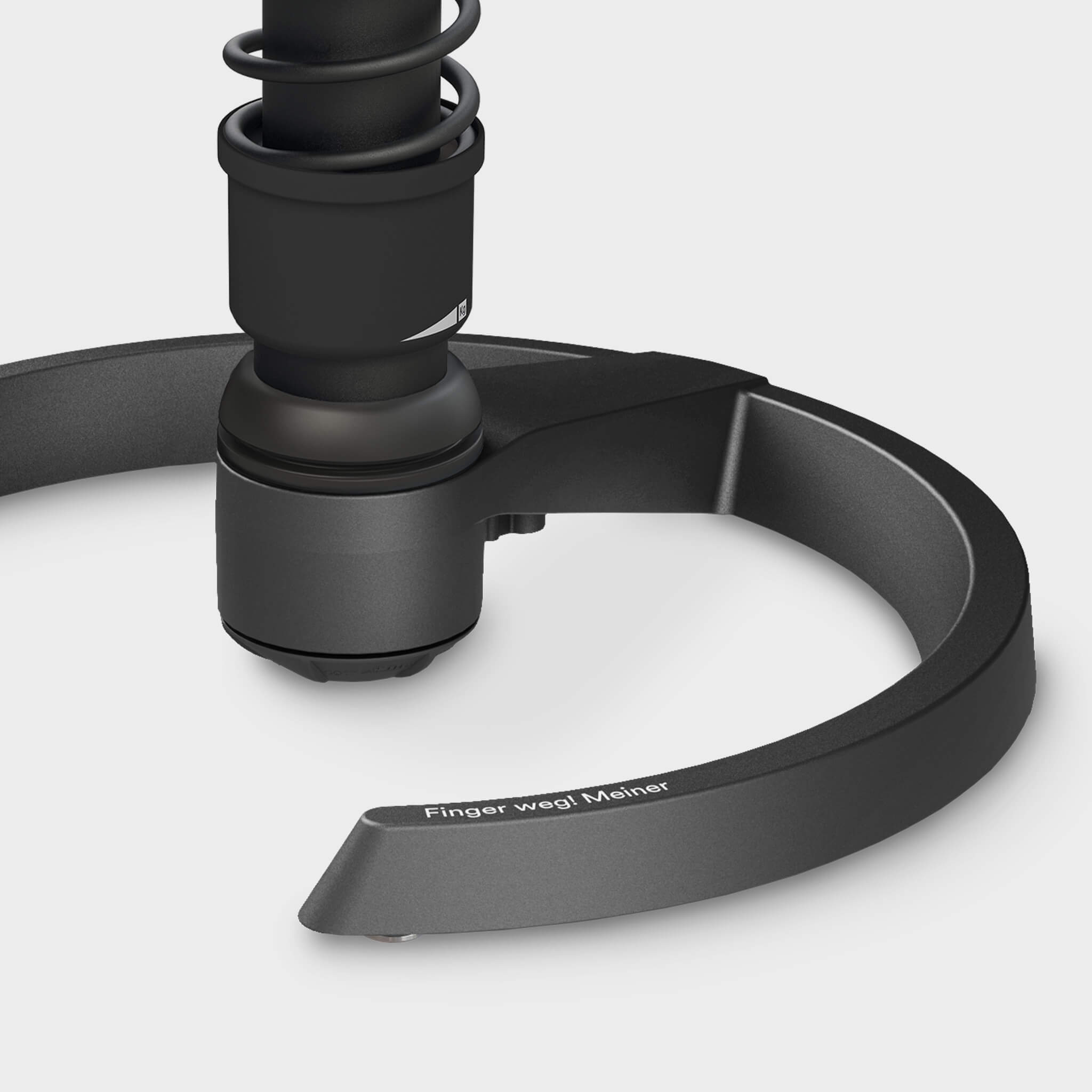Osteopathy – what is it actually?
Osteopathy is a manual procedure for examining and treating the musculoskeletal system, organs and tissue, based on the assumption that any complaints suffered by the patient are the result of restricted movement or blockages. Osteopathy assumes that the body is capable of healing itself - provided there are no blockages. Osteopathy, which is now used as a complement to conventional medicine, is used to search for the causes and triggers of the complaints.
Pivotal point: the fascia
The method was founded over 130 years ago by the American doctor Andrew Still. The holistic method is based on the fact that the body consists of countless structures that are directly or indirectly related. The fascia are particularly important here. These are the connective tissue sheaths that permeate the entire body as a connecting tension network: the so-called superficial fascia (loose connective tissue and fatty tissue), the deep fascia (the fibrous connective tissue layers that enclose muscles and bones, for example) and the visceral fascia (for suspending and embedding the internal organs).
What does an osteopath do?
Based on the symptoms mentioned, an osteopath uses his hands to examine the movement possibilities or restrictions of the skeleton or individual bones, organs and tissue. If he knows the causes of the symptoms (the blockages and movement restrictions), he will treat the patient using manipulation, muscle techniques and mobilisation. This means that when treating with his hands he follows the directions and movements of the fascia and releases any tension he finds. A distinction is made between visceral osteopathy, which deals with the organs and their blood circulation and fixation, parietal osteopathy for the treatment of muscles , bones and joints , and cranial osteopathy for the treatment of the head.
A patient must be aware that an osteopath does not heal. Rather, he removes blockages and movement restrictions and thus stimulates the body to heal itself.
Who is osteopathy recommended for?
Osteopathy is becoming increasingly popular, particularly for patients with chronic complaints such as migraines, asthma or back pain . In principle, you should discuss with your doctor to what extent he or she considers osteopathy to be suitable, as there are actually illnesses that are made worse by treatment. In addition to treatment, anyone suffering from back pain can ensure that they sit correctly and move around at least during the day - for example on an active chair from Aeris.
How much does osteopathy cost – and who pays?
Treatment can cost up to 120 euros per hour. Whether and to what extent a health insurance company will cover the costs should be clarified in advance. However, more and more insurance companies and statutory health insurance funds have recognized the benefits of the treatment, which is why many health insurance companies now cover at least part of the costs.
Who can become an osteopath?
The training, which usually lasts at least four years, usually takes place at private osteopathy schools and can be attended part-time by doctors (orthopedists), alternative practitioners or physiotherapists; at least a high school diploma is required. For several years now, the Fresenius University has also been offering both a full-time bachelor's and a master's degree program. The VOD eV (Federal Association of Osteopaths in Germany) also provides more information on this.
If you would like to know more about the topic, you will find a lot of valuable information on the VOD homepage at www.osteopathie.de .
